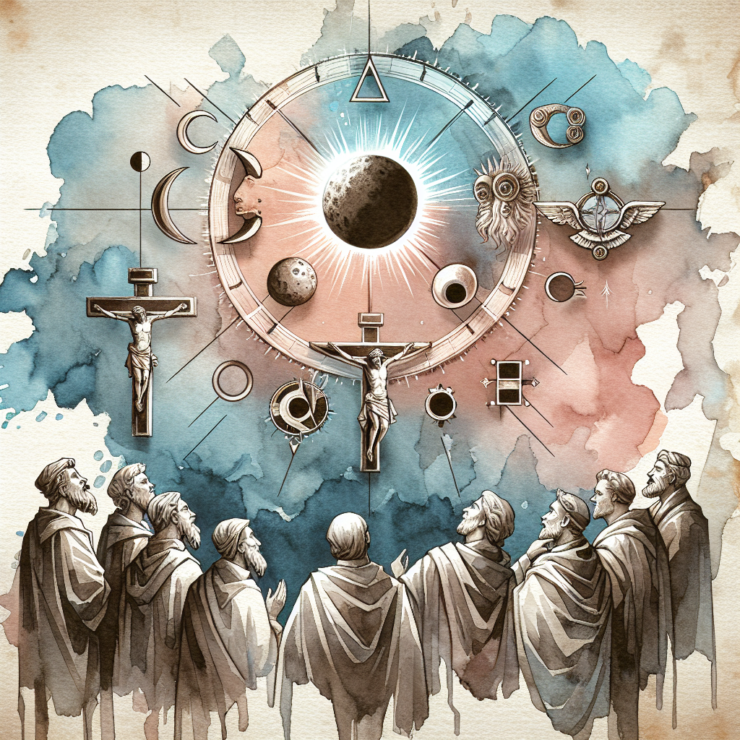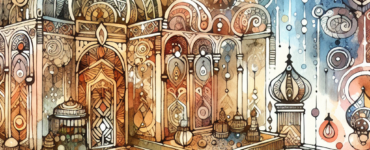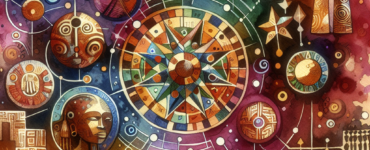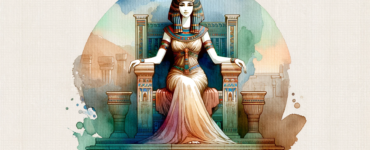Have you ever wondered if astronomical events can shape our history or beliefs? Many ancient texts and scriptures mention celestial occurrences as significant signs or omens. One of the most intriguing mentions is the “darkness” described during the crucifixion of Jesus Christ((https://www.easyenglish.bible/bible-study/jesus-life/crucifixion_jesus_death.htm )), often interpreted as an eclipse. But was it really an eclipse, and can modern astronomy shed light on this mystery?
It’s crucial to understand what an eclipse is to dive into this topic. An eclipse occurs when one celestial body moves into the shadow of another. A solar eclipse, which is likely the type of event that could cause “darkness” in the middle of the day, happens when the moon passes between Earth and the Sun, casting a shadow over Earth. However, solar eclipses are short-lived, typically lasting only a few minutes in any given location1.
Historians and scholars have attempted to correlate the crucifixion’s timing with historical astronomical data to find if a solar eclipse could have occurred. According to the Bible, Jesus’ crucifixion happened during Passover, which is determined by a lunar calendar. This timeframe provides a clue, as solar eclipses occur during a new moon((https://www.weather.gov/fsd/suneclipse#:~:text=A%20solar%20eclipse%20occurs%20when,happen%20during%20a%20New%20Moon. )), whereas Passover aligns with a full moon phase. Considering this lunar phase discrepancy, a natural solar eclipse could not have caused the darkness described during the crucifixion2.
Some researchers hypothesize that the account might refer to a metaphorical or symbolic form of darkness rather than a literal one. This approach suggests the description might have been used to convey the gravity of the moment or the spiritual darkness of the event3. However, others look for natural explanations, such as a dust storm or volcanic ash cloud that might have obscured the sun, fitting the timeline more plausibly than a solar eclipse.
Despite the mystery surrounding the crucifixion darkness, this discussion highlights the intersection of astronomy and ancient texts, illustrating how celestial events have been pivotal in shaping human history and belief systems. The attempt to correlate these events with historical and astronomical data enriches our understanding of ancient narratives, showcasing the importance of interdisciplinary studies.
Let the stars be a reminder that our search for understanding and meaning is as boundless as the night sky. Keep looking up and questioning, for in every question lies the path to knowledge.








































Add comment